SOL: 12
Name of person filing report: David Attig
Non-nominal systems: Two piece suits still need straps adjusted for neck ring. Generator/inverter/charger. One piece suit #10.
Notes on non-nominal systems: The generator still appears to not be charging the batteries at night (only powering the HAB). Shannon is having a look, this should not affect our operations (particularly with the days being so long now).
Generator (hours run): 8:45 pm to 7:25 am.
Solar— SOC 60 % (Before generator is run at night)
Diesel – 60 %
Propane – 60 psi.
ATV Fuel (Ethanol free gasoline) – 0 gallons.
Water (trailer) – 30 gallons.
Water (static) – 285 gallons
Trailer to Static Pump used – no
Water (loft) – Static to Loft Pump used – yes
Water Meter: 134635.2
Toilet tank emptied: no
Date last emptied: May 2
ATV’s (Honda, 300, 350.1, 350.2, 350.3): Honda, 350.1, 350.3
ATV Oil Checked?: No
ATV Oil Added?: No
ATV Fuel Used: 0 Gallons
# Hours the ATVs were Used today: 2.5
Notes on ATVs: 350.2 is out of service, due to a previous issue. Honda has a hole in the seat. 300 would not start, there is a grinding or clicking sound, as if teeth are broken off of the starter or flywheel.
Deimos rover used: Yes
Hours: 125.6
Beginning charge: 100%
Ending charge: 73 %
Currently charging: Yes
Sojourner rover used: ASSIGNED TO DIRECTOR
Hours: Unknown
Beginning charge: N/A
Ending charge: N/A
Currently charging: N/A
Spirit rover used: Yes
Hours: 35.8
Beginning charge: 100 %
Ending charge: 86 %
Currently charging: Yes
Opportunity rover used: No
Hours: 34.2
Beginning charge: 100 %
Ending charge: N/A %
Currently charging: No
Curiosity rover used: No
Hours: 29.8
Beginning charge: 100 %
Ending charge: N/A %
Currently charging: No
Hab Car used?: No
Where was Hab Car used?: N/A
Why was Hab Car used?: N/A
General notes and comments: Supported two EVAs today.
Summary of internet: We’re out, same as normal.
Summary of suits and radios: Still work to do on two piece suits (straps). Suit # 7 failed during the final EVA today; fans got stuck in shroud and released magic smoke.
Summary of Hab operations: Super nominal.
Summary of GreenHab operations: Watered twice.
Summary of ScienceDome operations: Dishwasher experiment concluding.
Summary of RAM operations: Outreach video created in RAM today.
Summary of health and safety issues: None to report
Questions, concerns and requests to Mission Support: Our garbage is ready to be picked up (both burnable and non burnable). We would also like more ATV fuel (ethanol free gasoline).


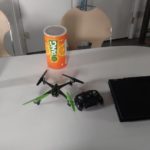
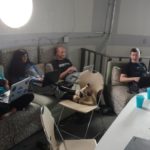
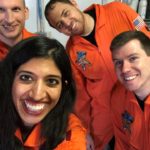
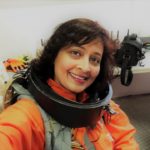
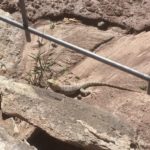
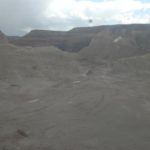
You must be logged in to post a comment.